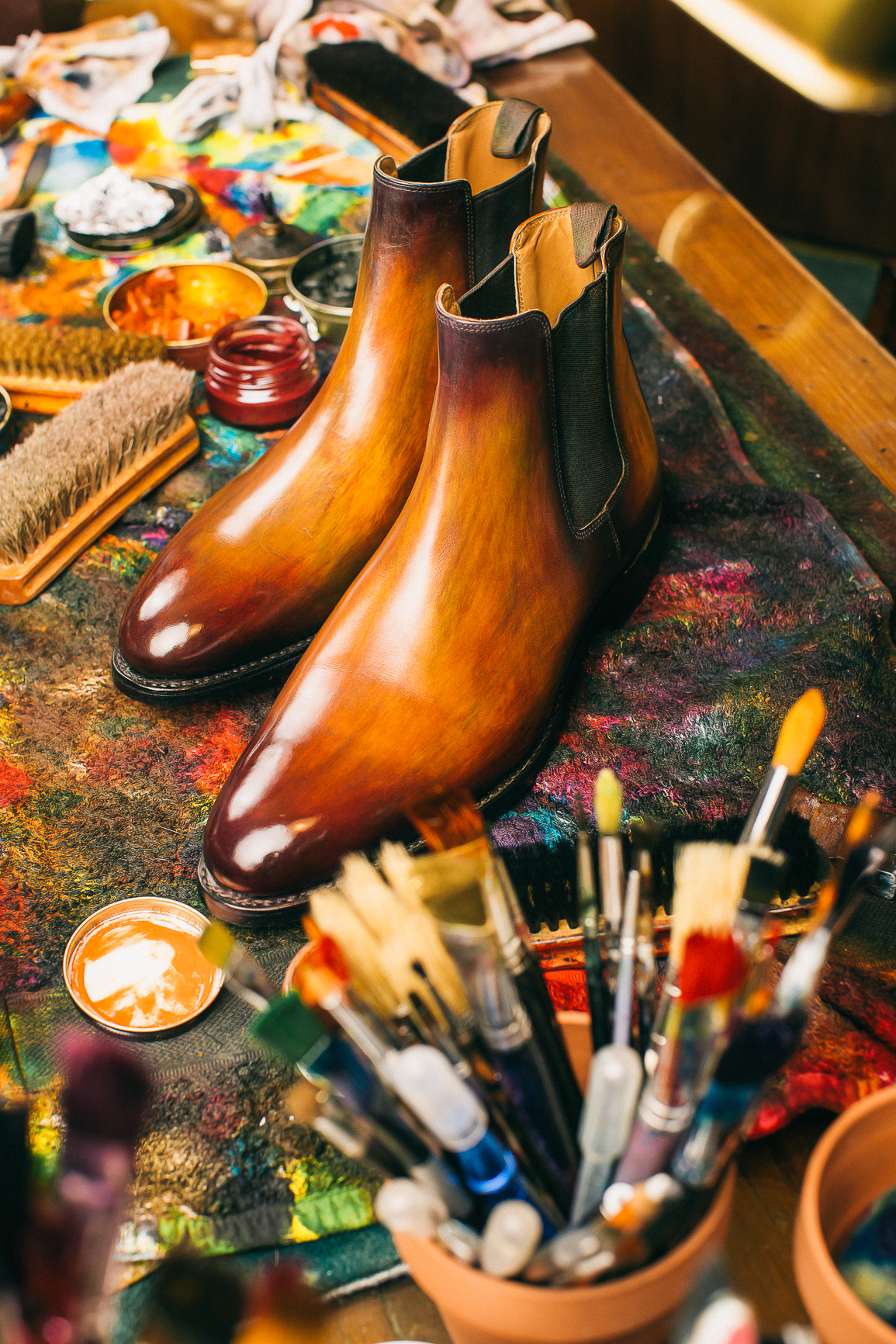One of the first realizations when it comes to lighting cars and motorcycles is size. These subjects are way larger than a person. The only way to combat this issue is either to use many lights or the much cheaper way, light painting. Combining multiple exposures really helps create a more balanced photo.
Making sure everything is placed the way you like it by taking the time to compose the shot. Cementing that tripod in place is key. Slight shifts of the camera, even when hitting the shutter button can spell hell later in Photoshop. Having to alight and free transform until everything lines up can be tough. Prevent this issue by using a remote trigger.
Once you are happy with your composition, leave everything as is. When it comes to workflow, thinking ahead will save you a ton of time. As I lite the bike by section, I was mindful of the key light position. Lighting the bike completely would result in a flat image.
Fujifilm GFX50s + GF 63mm f/2.8 merged Pano
In post-production, the best thing about having multiple layers is the control. You now have full control over how bright any section of the bike can be. Fully lighting the bike wouldn't be as interesting, but this is subjective. The first image consists of about 6 images combined together. It's a fun test of my computer power, where 6 images stacked is a whopping 660MB o,r a whole bootleg movie from Kazaa. And that's just the working files. In the end, the extra effort placed on lighting and combining allows you to create a tailored image.






